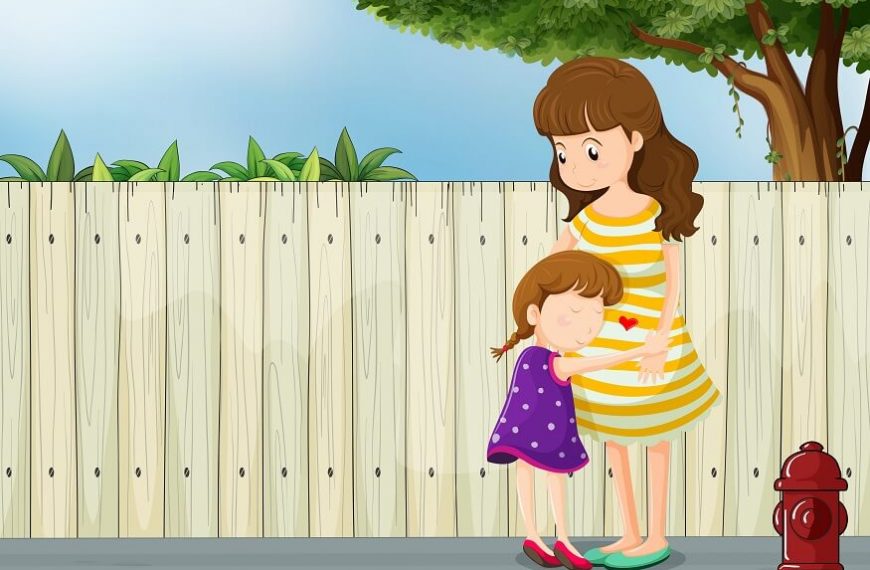Strategies for Handling Non Compliant Behaviour of Children in Public
Parenting is a whirlwind of emotions and challenges, especially when faced with non compliant behaviour in public. I had recently been to a mall and was taken aback by a distressing scene. A young child threw an enormous tantrum, sprawled on the floor, tears streaming down her face, adamantly demanding a toy she had set her heart on. My heart went out to the parents who were valiantly attempting to reason with their inconsolable child. It reminded me of my own experiences as a parent, facing similar challenges. This encounter left me with this question “how do you discipline a child that won’t listen”
So, in this blog, we will explore some effective techniques and approaches to address non compliant behaviour of children in public settings.
Stay Calm and Collected:
When faced with non compliant behaviour, the most important thing is to know how to make kids listen to you. In such situations, it’s crucial to remain composed. A deep breath can do wonders (trust us!) and approach the situation with a calm mind. Your child often takes cues from your reactions, so maintaining a sense of calmness will set a positive example. By staying collected, you create a safe environment for resolving the issue and prevent the situation from escalating further. Speak in a calm and measured tone. Your child needs reassurance that you are there to guide them through their emotions.
Example: Say you are in a grocery store. It’s already crowded there, and your child starts throwing a tantrum – they want a particular snack which is probably not good for her health. By remaining composed, you show them how to handle their emotions in a more constructive manner. Explain why that snack is harmful for her. If possible, give another practical option.
Set Clear Expectations:
Establishing clear expectations and boundaries beforehand can prevent non compliant behaviour from escalating. Communicate your expectations calmly and firmly, ensuring your child understands what is acceptable behaviour in public settings. Explain the consequences of noncompliance, emphasising the impact it has on others. Use simple language and be specific about what behaviours are expected. Consistency is key in reinforcing these expectations, so ensure that you apply the same rules consistently across different environments.
Example: A restaurant visit is planned. Let them know that they need to remain seated, use their utensils, and speak quietly. Explain how not following the instructions that you’ve already conveyed is going to affect all of you. This clear communication helps them understand the boundaries and what is acceptable in public places. Avoid threatening or saying things that will hurt the child
Use Positive Reinforcement:
Every parent wants to know the secret of how to make kids listen to you. Encouraging good behaviour through positive reinforcement is a powerful tool. When your child exhibits compliant behaviour, praise and acknowledge their efforts. Provide specific feedback, highlighting the positive choices they have made. This will elicit a sense of pride and motivate them to continue making positive choices in the future. Consider offering small rewards or privileges as a form of positive reinforcement, reinforcing the connection between their actions and positive outcomes.
Example: Suppose your child behaves well during a family outing at the park, following instructions and playing nicely with others. Praising the good behaviour of children and letting them know how proud you are of their efforts, can work wonders. You can say, “I really appreciate how you shared your toys with the other children. That was very kind of you!” This positive reinforcement encourages them to continue exhibiting good behaviour.
Redirect Attention:
Another common situation – how do you discipline a child that won’t listen and misbehaves due to boredom or frustration? Redirecting their attention to something more engaging can help diffuse the situation. Carry small toys, books, or games with you when you go out to provide a positive distraction. Engage them in a conversation about something they enjoy or point out interesting things in the environment. By redirecting their focus, you can shift their attention away from negative behaviour and redirect it towards more positive and constructive activities.
Example: If you notice your child getting restless and starting to act out during a long car ride, redirect their attention by playing their favourite songs or engaging them in a conversation about something exciting they did that day. Shifting their focus to something enjoyable helps them channel their energy in a positive direction.
Provide Choices:
Empowering your child with choices gives them a sense of control and can help prevent non compliant behaviour. Instead of demanding compliance, offer alternatives within boundaries. Simply ask if they would like to hold your hand or walk alongside you. By giving them options, you allow them to feel involved in decision-making, reducing the likelihood of resistance. This approach promotes a sense of autonomy while still maintaining necessary safety measures.
Example: This, every parent must have experienced. If your child starts throwing a tantrum while leaving the playground – simply give your child a choice between leaving immediately or staying for a few more minutes. When you offer them this choice, they get a sense of control within limits and you have reduced the likelihood of resistance and increased their cooperation.
Use Time-outs:
Time-outs can be effective in managing non compliant behaviour. Establish a designated spot where your child can take a break to calm down and reflect on their actions. Ensure the time-out area is safe, quiet, and free from distractions. Explain to your child the purpose of the time-out, is not to stop them or punish them. But to just get them some time to think about their actions. Set a reasonable duration for the time-out, depending on your child’s age and temperament. After the time-out, have a calm conversation about their behaviour, emphasising the importance of making better choices in the future.
Example: Suppose your child becomes overly agitated while waiting in line at a store. You can calmly take them aside and explain that they need a few moments to calm down. Set a designated spot nearby where they can take a short time-out to collect themselves and regain control over their emotions.
Model Desired Behavior:
Children tend to imitate the actions and behaviours of the adults around them. By setting a good example, you can show your child how to behave appropriately in public. This strategy involves consistently demonstrating the behaviours you want your child to adopt.
Example: You and your family with your little one at a restaurant and you want her table manners to be in place. Model the desired behaviour by using utensils correctly, chewing with your mouth closed, and using polite language when interacting with the waitstaff. Speak kindly and say “please” and “thank you” when ordering or requesting something. By displaying these behaviours, you show your child what is expected of them during a meal in a public setting.
It’s a phase – It will pass
Navigating non compliant behaviour of children in public can be a challenging and bewildering experience. By employing these strategies on how to discipline kids, you can effectively handle these situations. Embrace the power of redirection, choices, time-outs, and modelling desired behaviour to guide your child towards compliance. It’s important you find out what really works for you. Also, ignore people who you feel might be judging you for your child’s behaviour. Adapt these strategies to suit your child’s temperament and needs. With patience, love, and understanding, you will discover the right approach to handle non compliant behaviour and create harmonious experiences in public settings.
For more such useful tips and ways to help you grow as a parent visit the blog section on EuroKids website
















